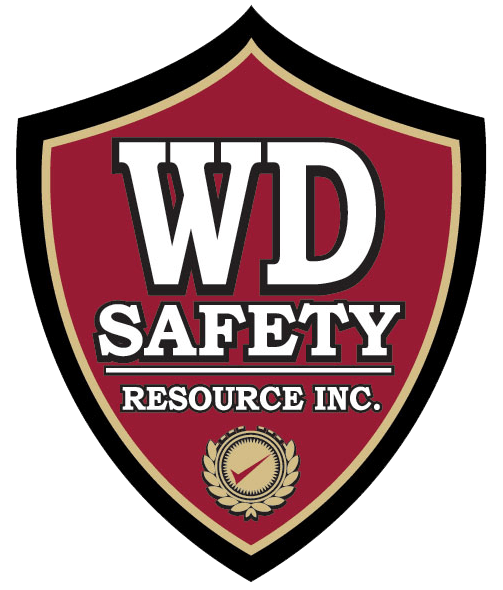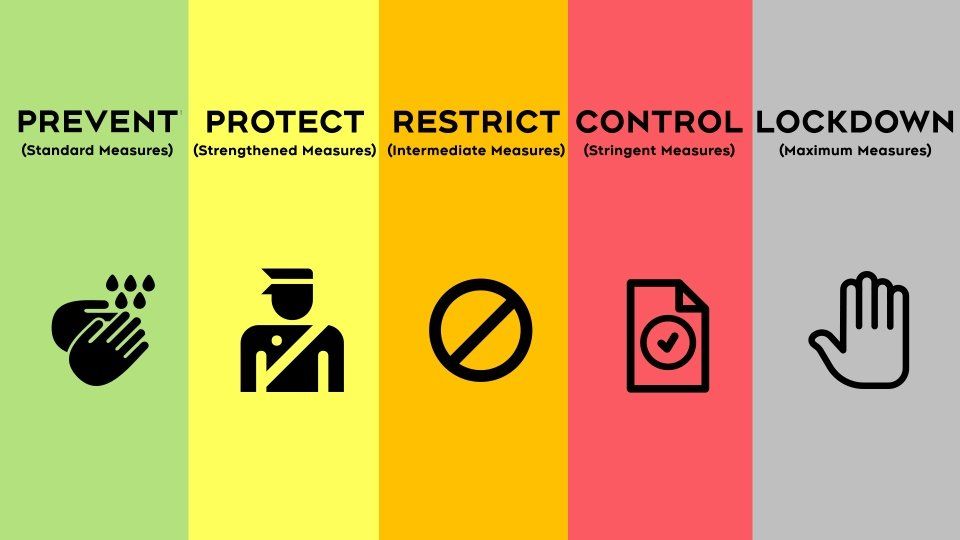1 in 5 Canadian workplaces have no safety programs for new workers, survey suggests

Published by Vanessa Balintec of CBC News - April 20, 2022
A new survey suggests almost 20 per cent of Canadian businesses do not offer safety and orientation programs that are legally required for new workers in much of the country — a finding one labour law expert calls "shocking" and evidence of "widespread lawbreaking."
The research, conducted by Angus Reid and commissioned by Threads of Life, a group that advocates for workplace safety, reflects a reality Cynthia Kathleen "C.K." DesGrosseilliers knows all too well.
Her brother Tim was killed by falling equipment while on the job in downtown Toronto five years ago. She's been fighting to raise awareness about workplace safety ever since.
"Tim would say that we need employers and supervisors that make safety priority one," the Toronto resident told CBC News.
DesGrosseilliers says she can point to three major factors that led to his death: he was assigned the job at the last minute, he wasn't given a spotter while working and he didn't have up-to-date training.
Her brother's death is one of more than 3,800 that occurred in Canadian workplaces from 2017 to 2020, according to the Association of Workers' Compensation Boards of Canada. DesGrosseilliers, who's a member of Threads of Life, says the results show many employers still need to be held accountable so new workers don't meet her brother's fate.
"I think he would think of his nephews and nieces and he would think they deserved all the support that they can be given," said DesGrosseilliers.
"It really is the most important thing for people to come home at the end of the day."
545 companies surveyed
The survey was conducted from March 23 to 25 with hiring managers at 545 companies who are members of the Angus Reid Forum. The poll has a comparable margin of error of plus or minus 4.2 percentage points, 19 times out of 20.
A total of 102 of those managers said their companies offer no orientation, onboarding, safety, emergency, hazard or illness and injury protocol training. Companies that have 29 employees and under make up 52 per cent of the firms that had none of these programs in place.
Shirley Hickman, the executive director of Threads of Life, says her group wanted to understand how businesses are approaching workers' safety and hiring after two years of the COVID-19 pandemic.
"Young workers didn't have jobs because of the pandemic. And then coming out of the pandemic, was that going to lead to more employers hiring more than normal?" said Hickman, whose son died at 20 years old in a 1996 workplace explosion in London.
"And that proved to be true," she says.
The survey suggests 27 per cent of companies in high-risk sectors, such as agriculture and resources, construction, energy, manufacturing and transportation, plan to hire more young workers than in the previous two years.
Hickman says despite the growing awareness of occupational health and safety over the past few years, she's worried about young people going back to dangerous workplaces like construction sites and farms as pandemic restrictions ease. She hopes they'll learn about their rights and demand safe working conditions.
"There's work to be done until there's no injuries, no illnesses, no deaths," she says.
Eric Tucker, a labour law expert and professor at York University's Osgoode Hall Law School in Toronto, says each province has different regulations, but health and safety legislation generally imposes a duty on employers to provide instruction and training to workers. In Ontario, the home of almost 40 per cent of the businesses Angus Reid surveyed, those responsibilities are outlined in the Occupational Health and Safety Act.
For companies to admit openly that they don't offer training that's mandated by legislation shows there is "widespread lawbreaking" taking place — partly due to weak enforcement by the province, Tucker says.
"Every employer is required to have a safety program of one sort or another, so the admitted absence of those programs is really a shocking finding."
A spokesperson for the Ontario Ministry of Labour told CBC News the province is "proud to support Threads of Life" in its effort to make workplaces safer.
"Ontario has one of the best safety records in Canada. Our preventative, proactive approach emphasizes safety first, preventing or correcting workplace hazards to protect workers," Ciara Nardelli wrote in an email statement.
"Our focus is on improving health and safety awareness and practices in small businesses and ultimately helping to lower number of workplace injuries, fatalities and illnesses."
A 2019 report by the Auditor General of Ontario put forward 27 recommendations for the Ministry of Labour to strengthen enforcement of workplace safety. The office's follow-up report in 2021 said 11 per cent of the recommendations have been implemented, 52 per cent are in the works, and 33 per cent have shown little to no progress.
Tucker says until the legislation catches up with the reality of the province's workplaces, businesses won't have any incentive to create safe environments.
"The lack of good health and safety does not drive companies out of business."
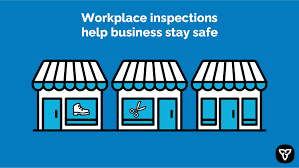
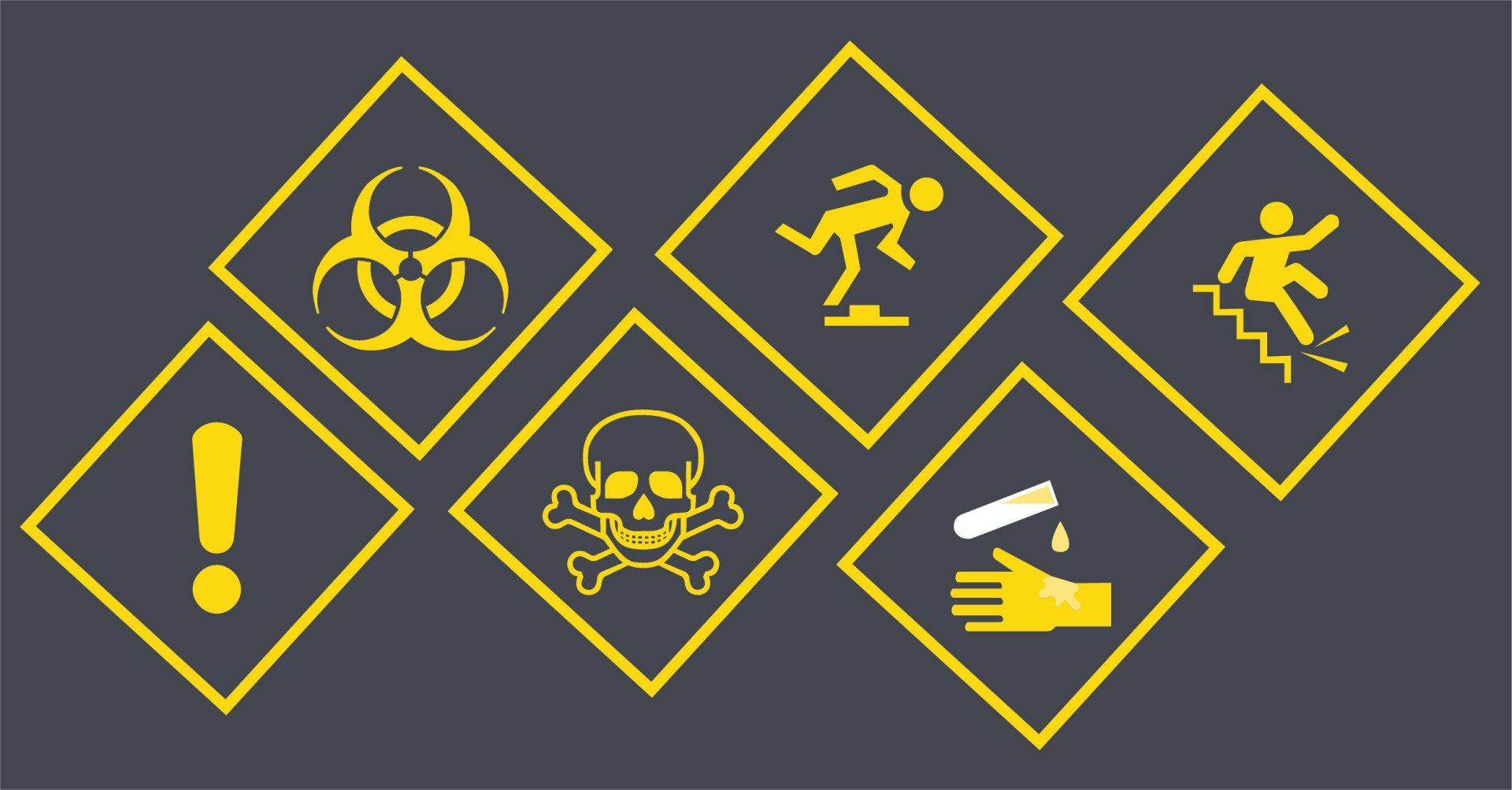
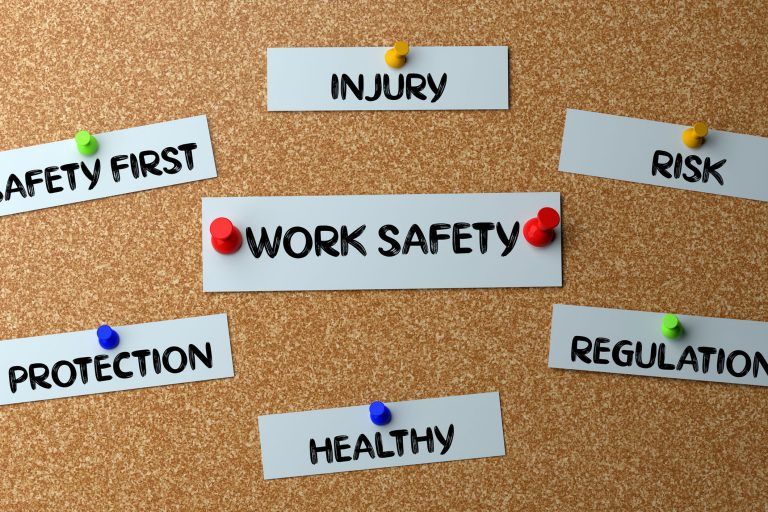
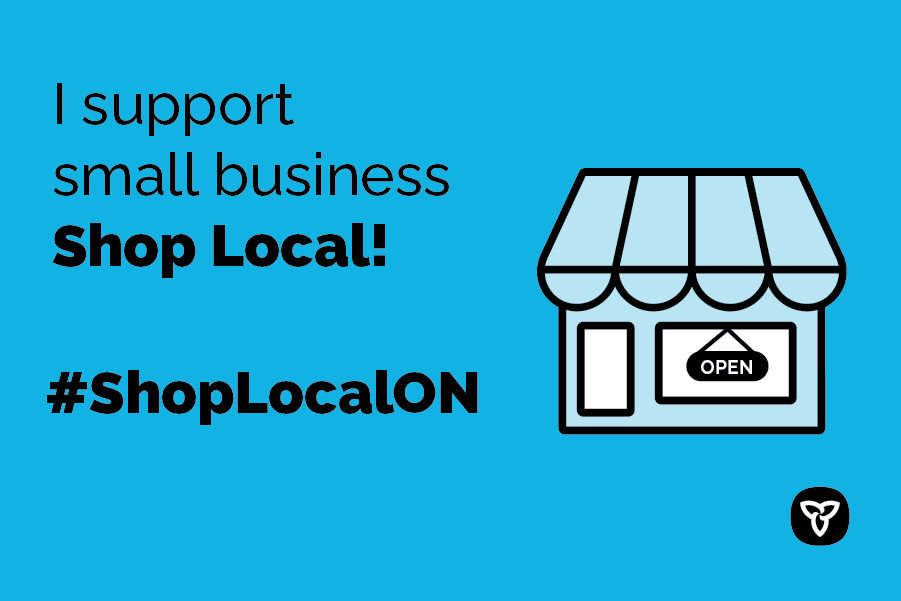
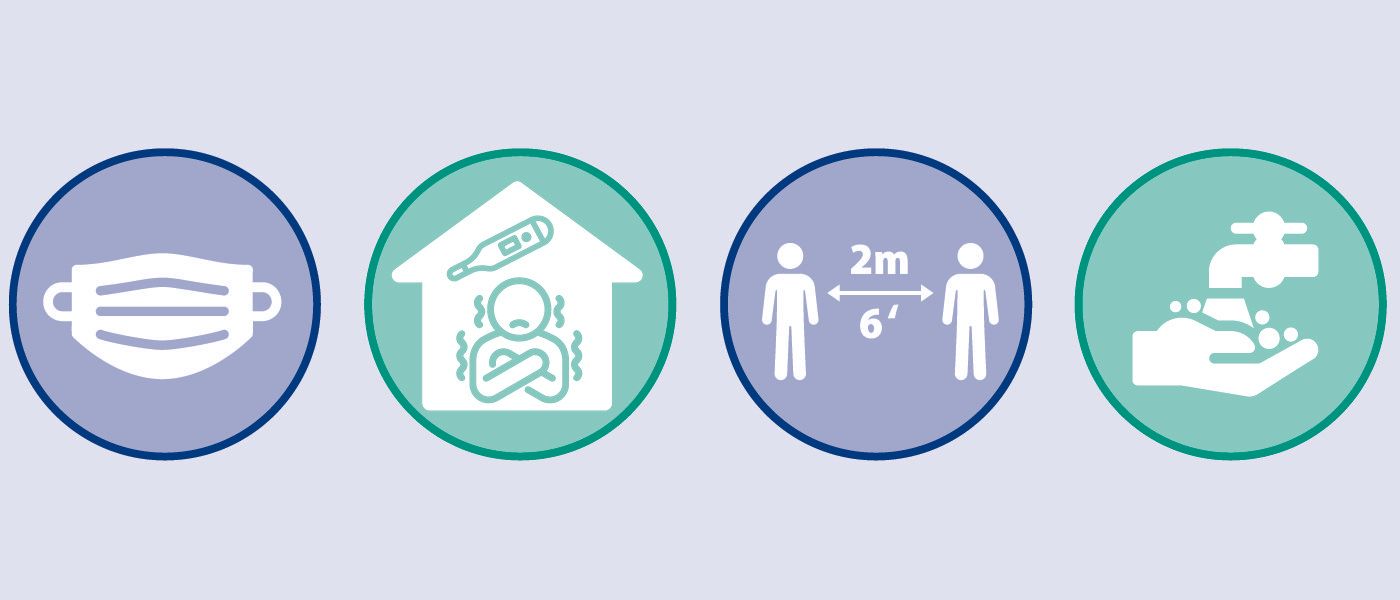


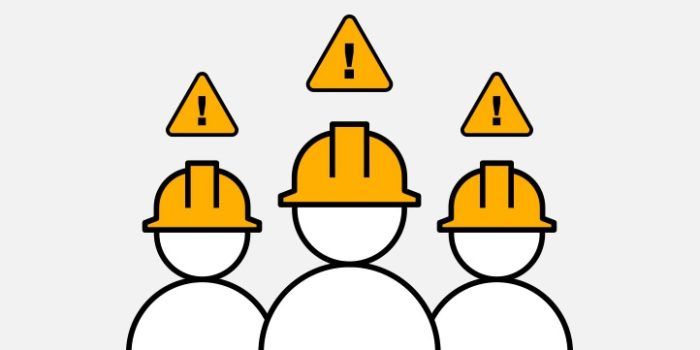

Location
Main Office333 Green Road, Unit 6Stoney Creek, Ontario L8E 2B1
All Rights Reserved | WD Safety
